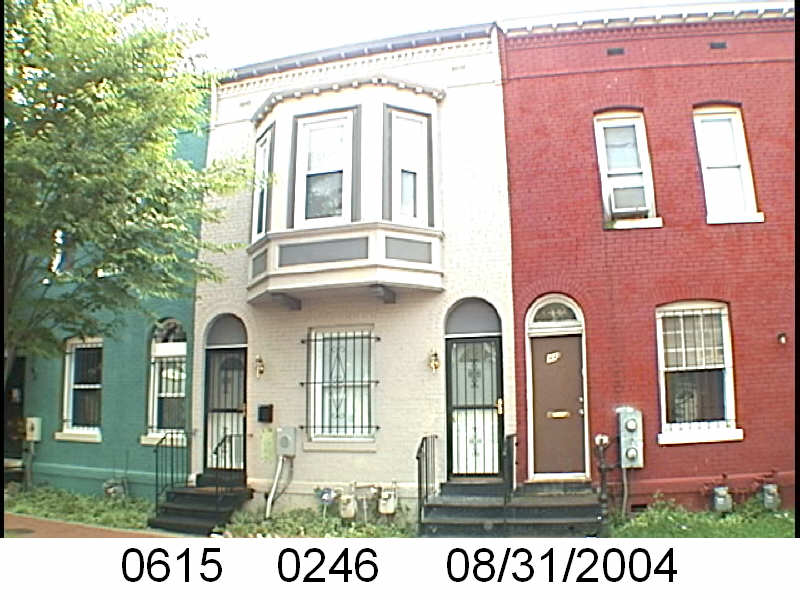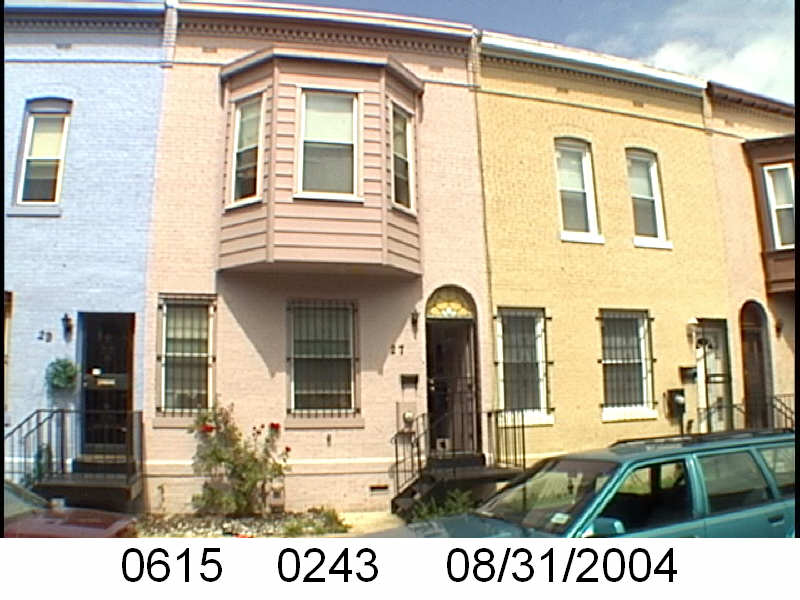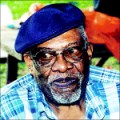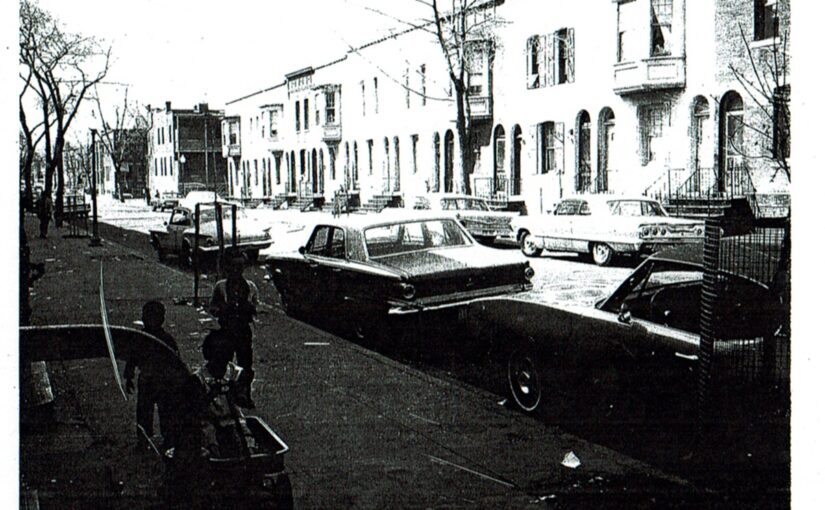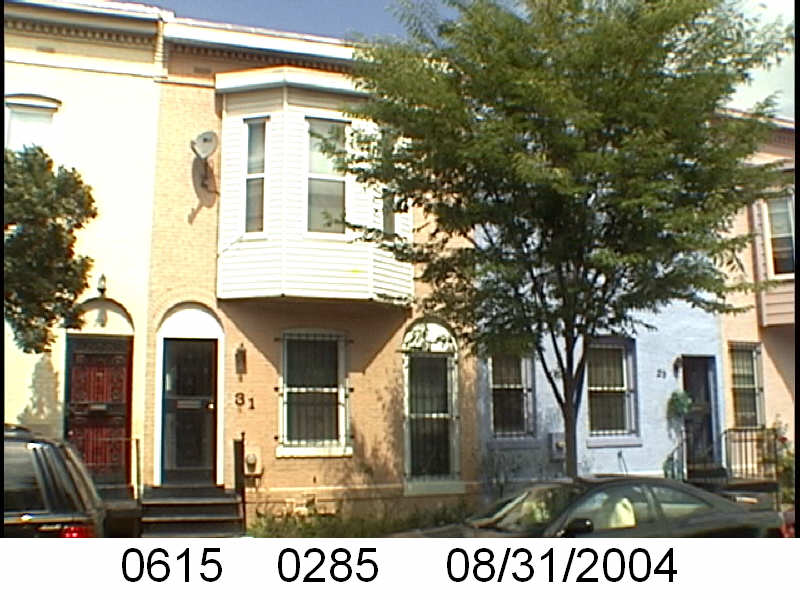In lieu of a February Black History post, WSIC continues, because it is Black History.
The Washington Sanitary Improvement Company (WSIC) was a late 19th century charitable capitalism experiment that ended in the 1950s. This blog started looking at the homes that were supposed to be sold to African American home buyers, after decades of mainly renting to white tenants.
Looking at WSIC properties they tend to have a pattern where the properties were sold to a three business partners, Nathaniel J. Taube, Nathan Levin and James B. Evans as the Colonial Investment Co. for $3 million dollars. Those partners sold to African American buyers. There was usually a foreclosure. In 1956 Nathan Levin died and Colonial Inv. Co. vice president Harry A. Badt took his place in the foreclosure paperwork. Then the property wound up in the hands of George Basiliko and or the DC Redevelopment Land Agency (RLA). Then there were the odd lucky ones who managed to avoid that fate.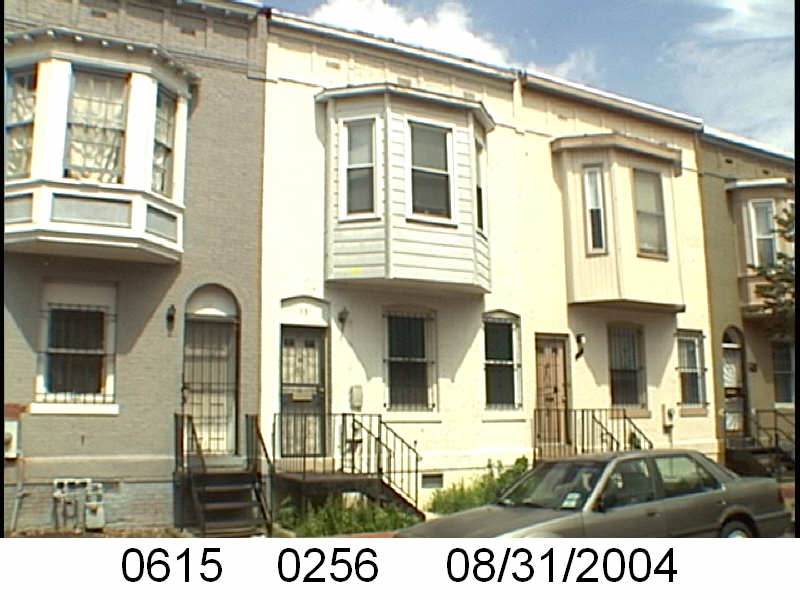
Let’s see what happens with 53 Bates St NW:
- December 1950 (recorded Jan 26, 1951) Evans, Levin and Taube sold one-half of 53 Bates NW to Mrs. Claudia McConnell Bailey.
- December 1950 (recorded Jan 26, 1951) Mrs. Bailey borrowed $2,900 from Colonial Investment Co. favorite trustees Abraham H. Levin and Robert G. Weightman.
- December 1950 (recorded Jan 26, 1951) Evans, Levin, and Taube sold the other half of 53 Bates St NW to Ellen and L.J. McClure.
- December 1950 the McClures borrowed $2,900 from trustees Abraham H. Levin and Robert G. Weightman.
- February 1962 Mrs. Bailey was released from her mortgage.
- November 1966 the McClures were released from their mortgage.
- November 1971, Mrs. Bailey, the heirs of LJ and Ellen McClure and their spouses (Arthur and Mittie Elizabeth M. Jackson, Henrietta and Teamer McClure) sold the whole of 53 Bates to the DC Redevelopment Land Agency (RLA).
- July 1978 there is a contract (doc 7800024140) between the DC RLA and the Bates Street Associates, Incorporated (BSA) There is no corresponding deed located, but the property was transferred to BSA.
It starts off well. The original buyers purchase their halves. They pay off the mortgages and they are able to pass it on to their children or sell it. And they all sell to DC RLA who then sells/ transferred it to BSA.
Mrs. Bailey may have been separated from her husband Matthew Bailey. They were married October 20, 1943 in Washington, DC. He was 50 years old and she was 44. They are captured in the 1950 census where they lived at 917 8th St NW(?). He was a caretaker for an apartment building and she worked as a clerk for the War Department. In the census they are the same age, 57 and both from North Carolina.



